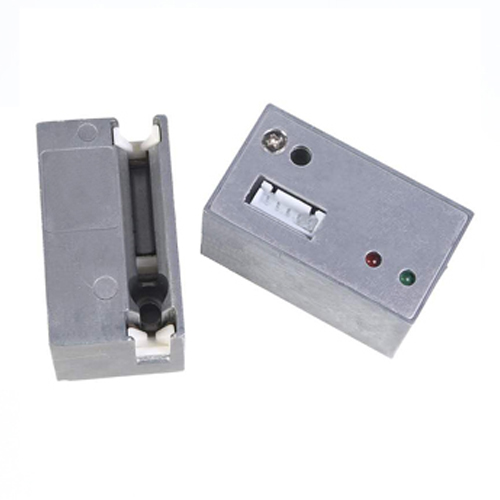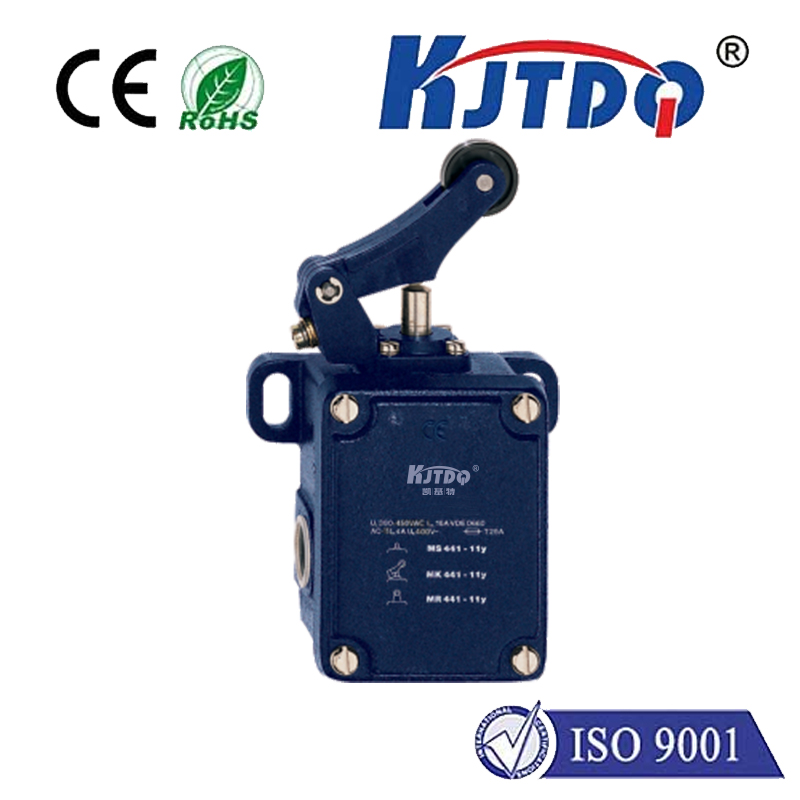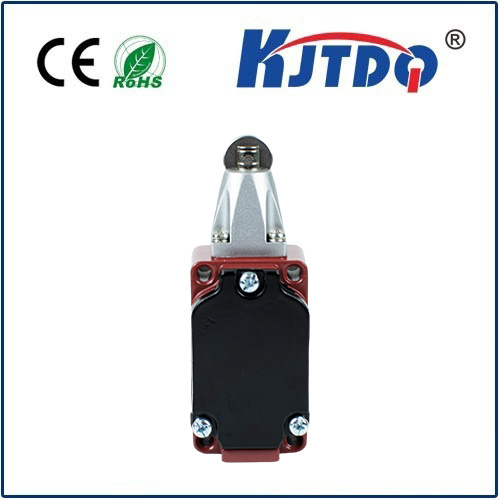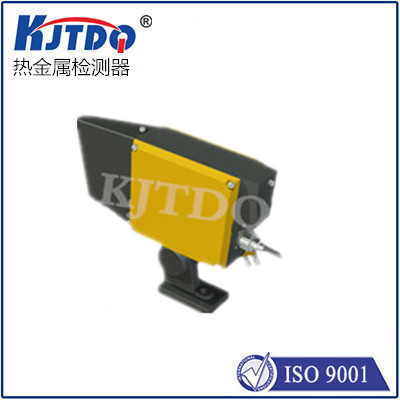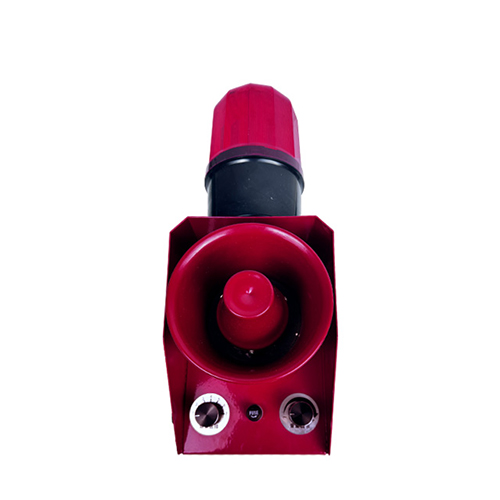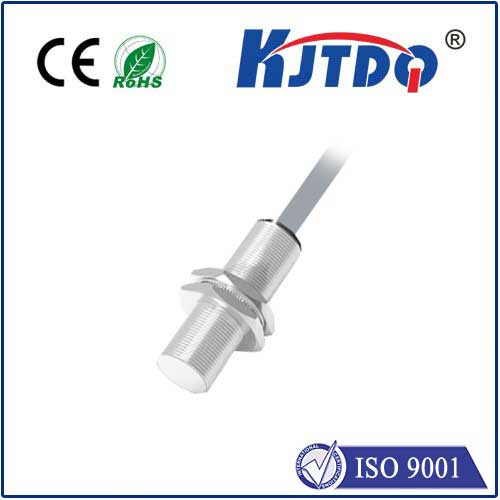wireless proximity sensor
- time:2025-09-05 11:25:17
- Нажмите:0
Wireless Proximity Sensors: The Invisible Guardians of Connectivity and Safety
Imagine walking into a room and the lights automatically flicker on. Your smartphone screen wakes up as you reach for it. A factory machine safely halts before a worker gets too close. These everyday moments of seamless interaction and critical safety often hinge on an unseen hero: the wireless proximity sensor. This transformative technology detects the presence, absence, or distance of nearby objects without physical contact, and crucially, transmits this information without cumbersome wires, unlocking unprecedented flexibility and efficiency.
Demystifying Wireless Proximity Sensing: Core Principles
At its essence, a proximity sensor determines if an object is “near”. The “wireless” aspect refers to how it communicates that detection data. The sensor itself utilizes various physical principles to detect presence:
- Radio Frequency (RF): Commonly using technologies like Bluetooth Low Energy (BLE) or Wi-Fi, these sensors emit radio waves. The presence of an object alters the signal (e.g., through reflection or absorption), or communication with a specific tag (like in RFID systems) confirms proximity. BLE beacons are a popular example for location-based services.
- Infrared (IR): These sensors emit an infrared beam. An object within range reflects the beam back to a receiver on the sensor. The time taken for the reflection or the intensity change indicates presence and sometimes distance. Often used in short-range applications like automatic faucets or toilet flushers.
- Ultrasonic: Emitting high-frequency sound waves, these sensors measure the time-of-flight for an echo to return. The delay calculates distance, making them effective for both presence detection and ranging, even in challenging environments like dust or fog.
- Capacitive: These detect changes in an electrostatic field when an object (even non-metallic) enters it. Ideal for applications like liquid level detection or touchless interfaces.
- Magnetic: Primarily detect the presence of a permanent magnet. Often used in simple security applications (door/window sensors).
The “Wireless” Advantage: Unshackling Potential

The elimination of physical communication wires delivers game-changing benefits, making wireless proximity sensors indispensable in modern systems:
- Effortless Installation & Reduced Costs: No need to run complex cabling through walls, ceilings, or machinery. This drastically cuts installation time and material/ labor expenses. Retrofit projects become significantly simpler.
- Unparalleled Flexibility & Scalability: Sensors can be easily relocated to adapt to changing layouts or processes. Adding more sensors to expand coverage is straightforward – just deploy and configure.
- Mobility & Portability: Enables proximity sensing on moving equipment, vehicles, or temporary setups. Ideal for logistics tracking (asset tags), wearable safety devices, and mobile machinery.
- Enhanced Aesthetics: Perfect for consumer electronics (smartphones, tablets), smart home devices (thermostats, lighting), and public spaces where visible wiring is undesirable.
- Accessibility in Challenging Areas: Deploy sensors in locations impractical for wiring: rotating parts, hazardous zones, remote outdoor areas, or across large open spaces.
- Simplified Maintenance: Diagnosing and replacing faulty sensors is generally easier without tracing physical wires.
Where Wireless Proximity Sensors Shine: Key Applications
Their versatility fuels adoption across countless sectors:
- Smart Buildings & Homes: Enabling automatic lighting control, smart thermostats adjusting based on occupancy (room utilization sensing), touchless light switches/faucets, smart locks, and security systems (door/window contact sensors).
- Industrial Automation & Safety: Machine guarding to prevent accidents by halting equipment when personnel approach (safety-critical proximity detection). Precise object positioning on assembly lines, automated guided vehicle (AGV) navigation, and collision avoidance.
- Retail & Asset Tracking: BLE beacons for proximity marketing (sending targeted offers to nearby smartphones), tracking high-value assets or inventory within warehouses (real-time location systems - RTLS), and monitoring equipment utilization.
- Automotive: Found in keyless entry and ignition systems, parking sensors, blind-spot detection, gesture control for infotainment, and automatically raising/lowering liftgates.
- Consumer Electronics: Smartphones and tablets use capacitive proximity sensors to turn off the screen during calls, save power, and prevent accidental touches. Gaming controllers and VR headsets utilize them for motion tracking.
- Здравоохранение: Monitoring patient presence in beds or chairs for safety calls or nurse notifications. Tracking medical equipment location within hospitals.
Choosing the Right Wireless Proximity Sensor: Key Considerations
Selecting the optimal sensor involves evaluating several factors:
- Detection Principle: Does the application require simple presence/absence, distance measurement, or specific material detection? Choose RF, IR, ultrasonic, capacitive, or magnetic based on the target and environment.
- Required Range: Define the typical operating distance needed (short-range
- Operating Environment: Consider temperature extremes, dust, moisture, vibration, and potential interference sources (metal, other wireless signals). Environmental robustness is crucial for industrial settings.
- Power Source & Battery Life: Battery-powered sensors offer maximum flexibility but require periodic replacement or recharging. Consider energy harvesting options (solar, kinetic) or the feasibility of wired power if placement allows. Low-power consumption is vital for long deployment life.
- Wireless Protocol: Bluetooth (BLE) excels for low power and smartphone integration. Wi-Fi offers high bandwidth and leverages existing infrastructure. LoRaWAN or NB-IoT provide long range with low power for wide-area IoT deployments. Zigbee or Z-Wave are common for mesh networks in smart homes. Choose based on range, data rate, power, and network needs.
- Data Update Rate: How quickly does the system need to know about proximity changes? Real-time safety systems require very fast updates, while asset tracking might tolerate slower intervals.
- Cost: Balance sensor cost with the benefits, scalability needs, and total cost of ownership (including installation and maintenance).
Beyond Basic Presence: The Evolving Role
Modern wireless proximity sensors are becoming smarter. Integration with microcontrollers and cloud platforms allows for data aggregation, advanced analytics (predicting traffic flow based on people movement, optimizing equipment use), and triggering complex automated workflows. Edge processing capabilities enable faster local decision-making.
They are fundamental building blocks for the Industrial Internet of Things (IIoT) and Smart Cities, enabling responsive environments, predictive maintenance, enhanced safety protocols, and efficient resource management – all facilitated by their contactless, wire-free nature. As wireless protocols become more robust, power-efficient, and cost-effective, the reach and sophistication of wireless proximity detection will only continue to grow, silently shaping a more connected, intuitive, and safer world.

